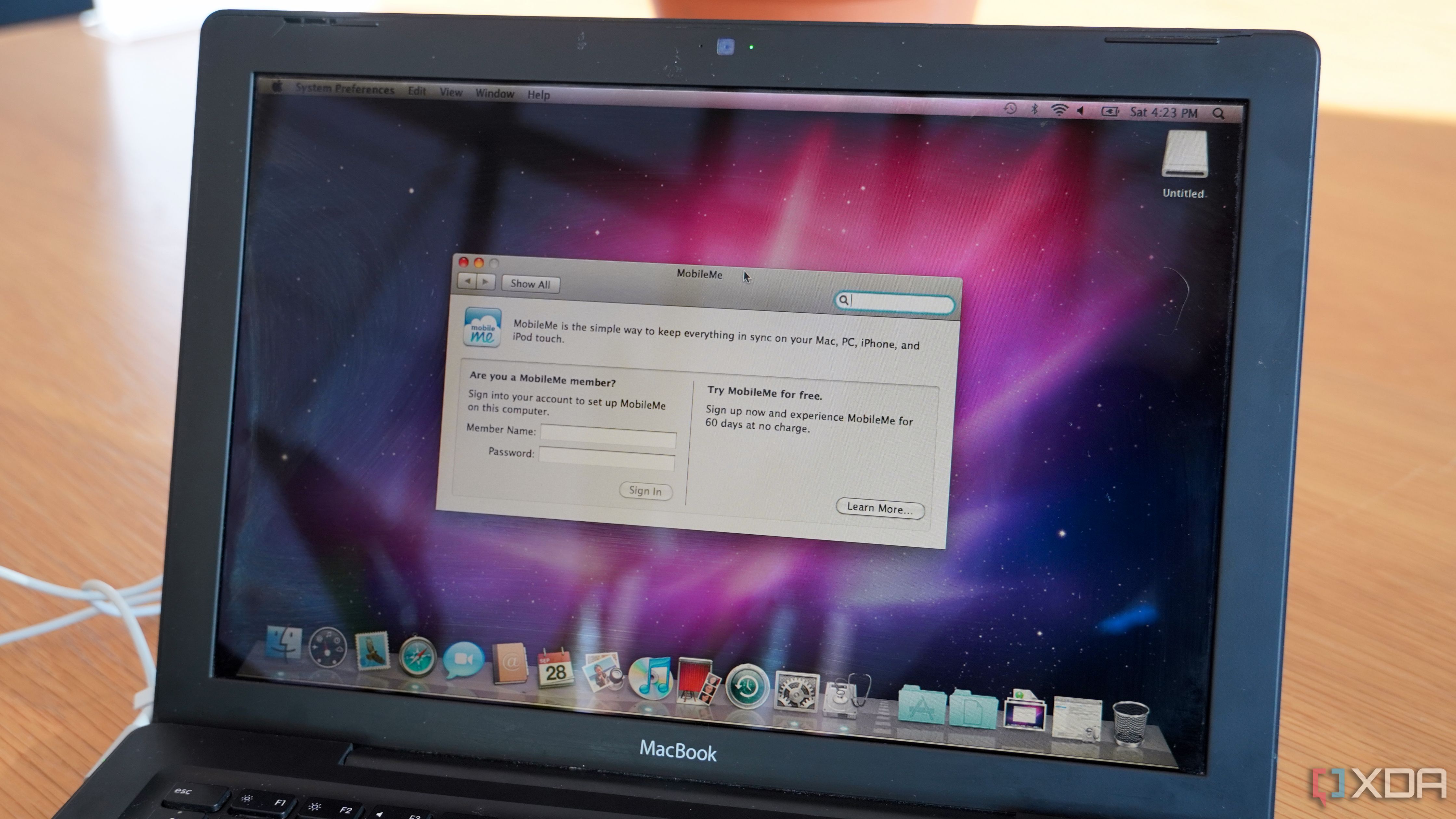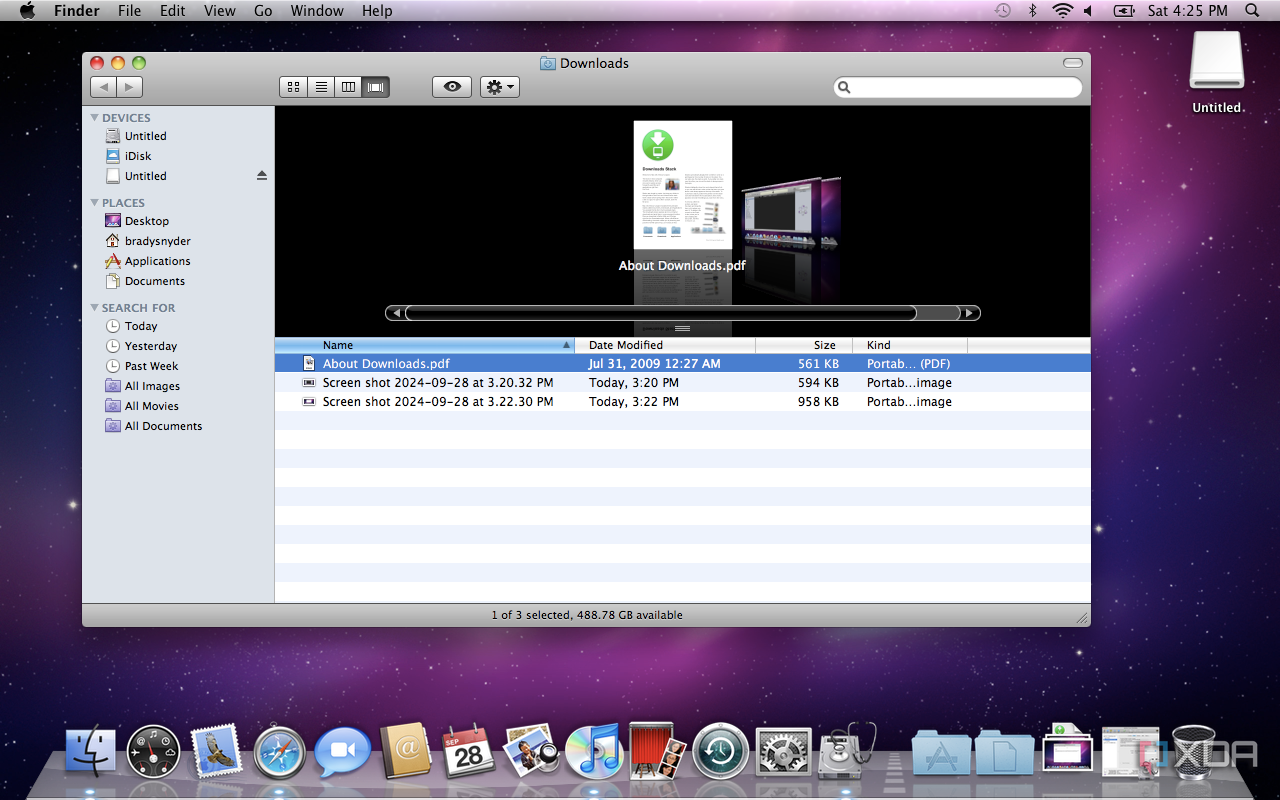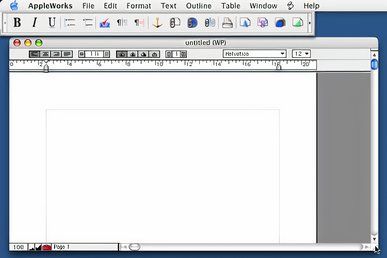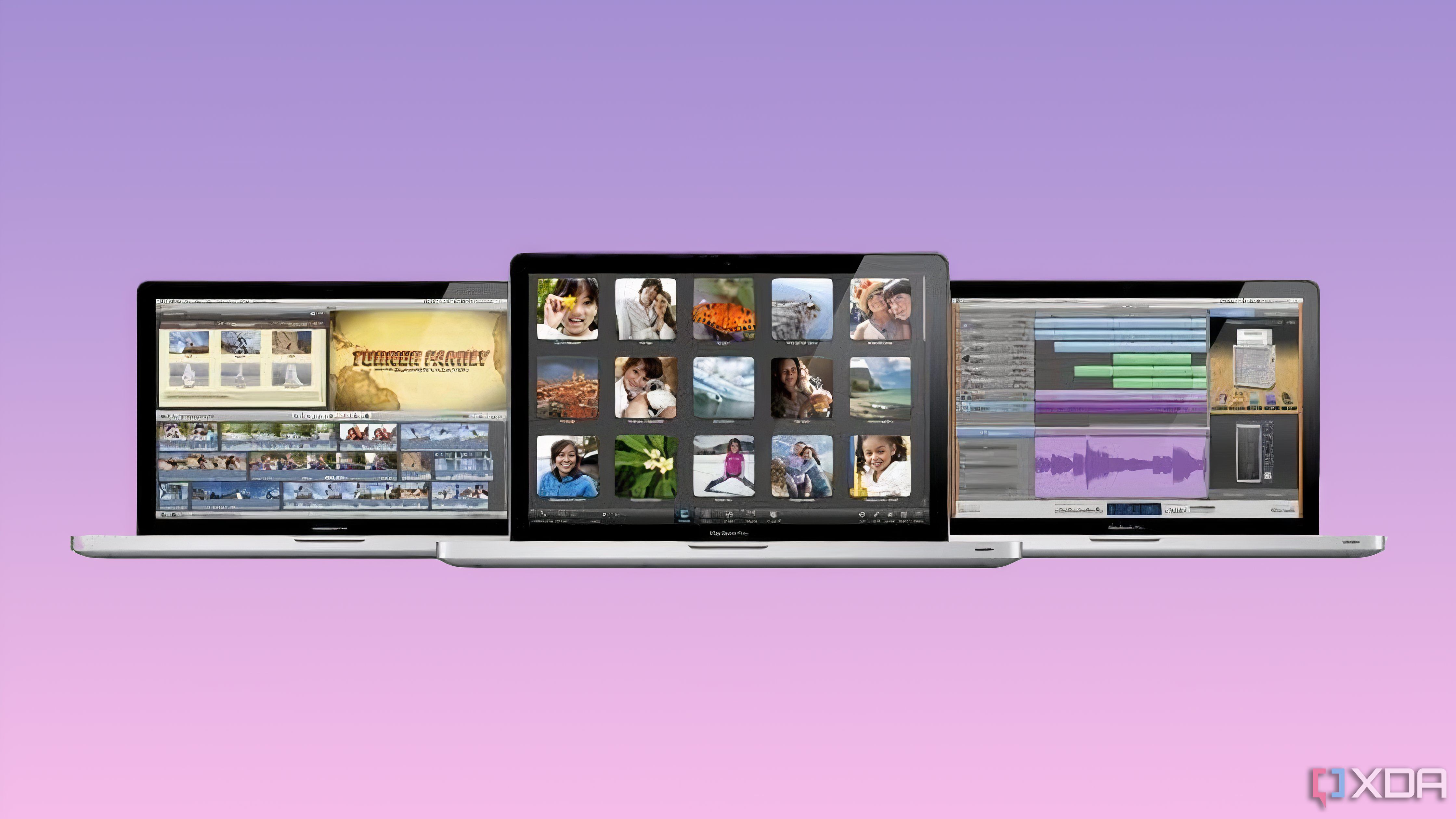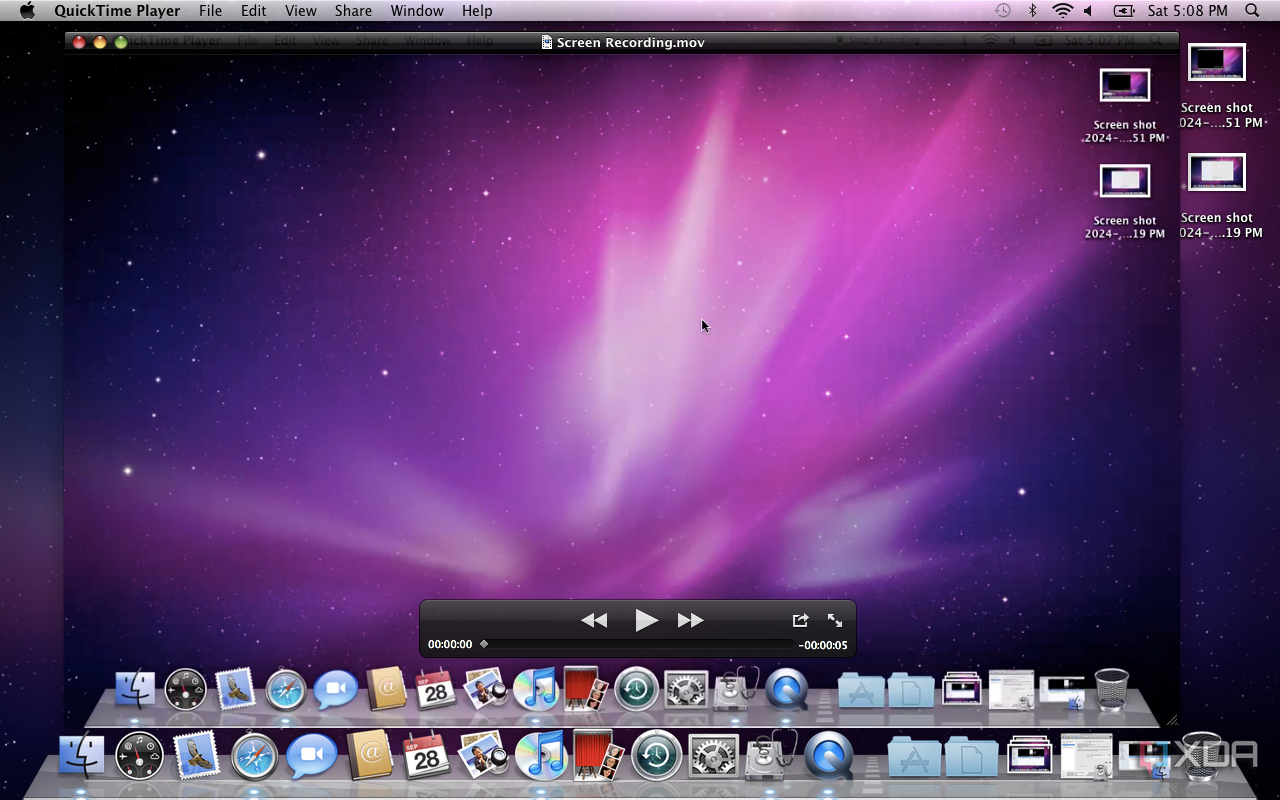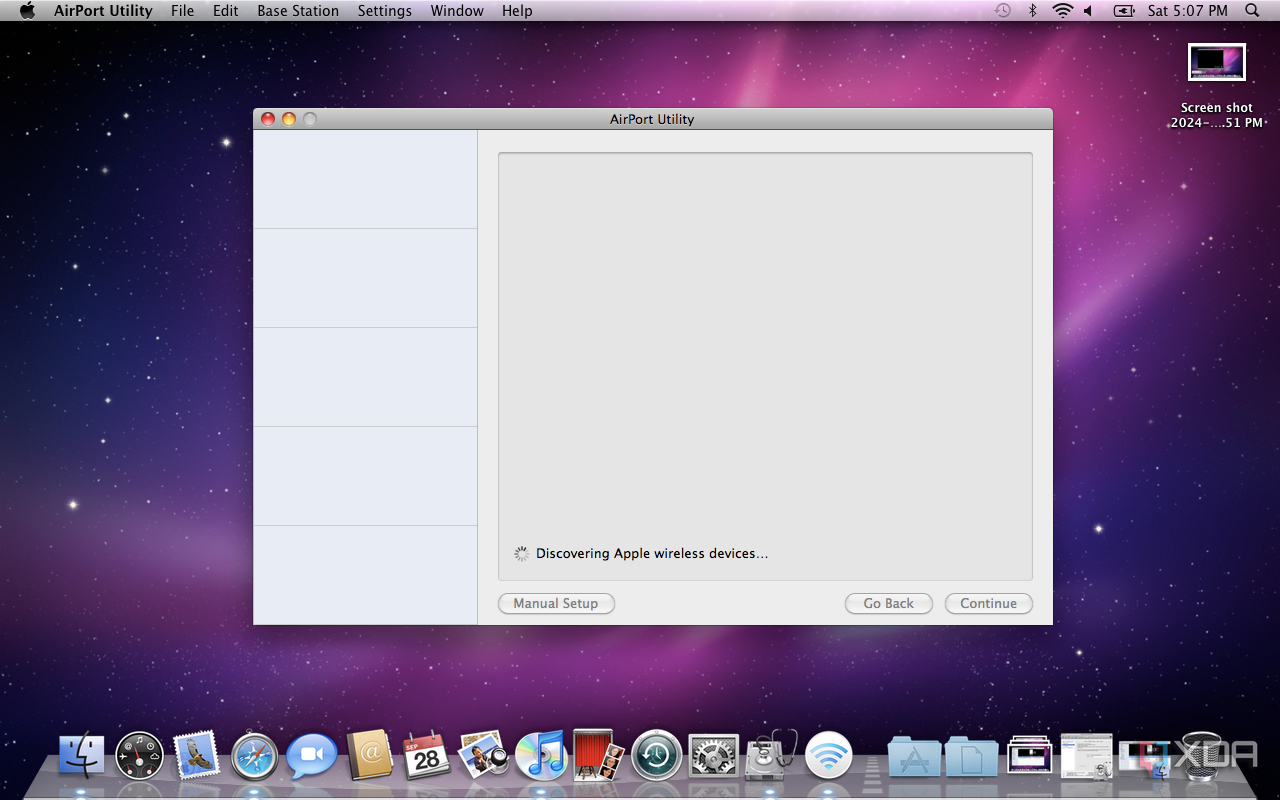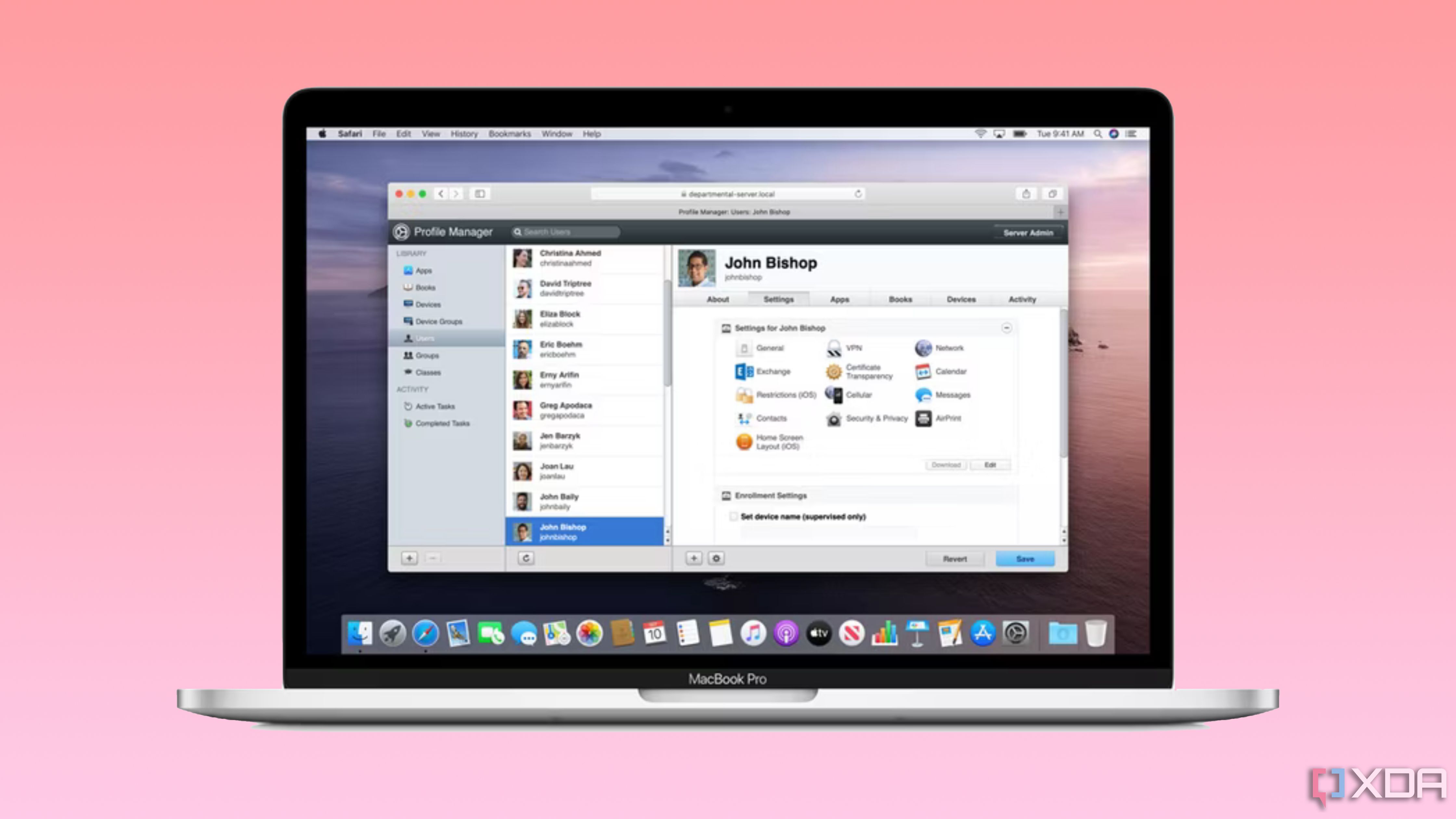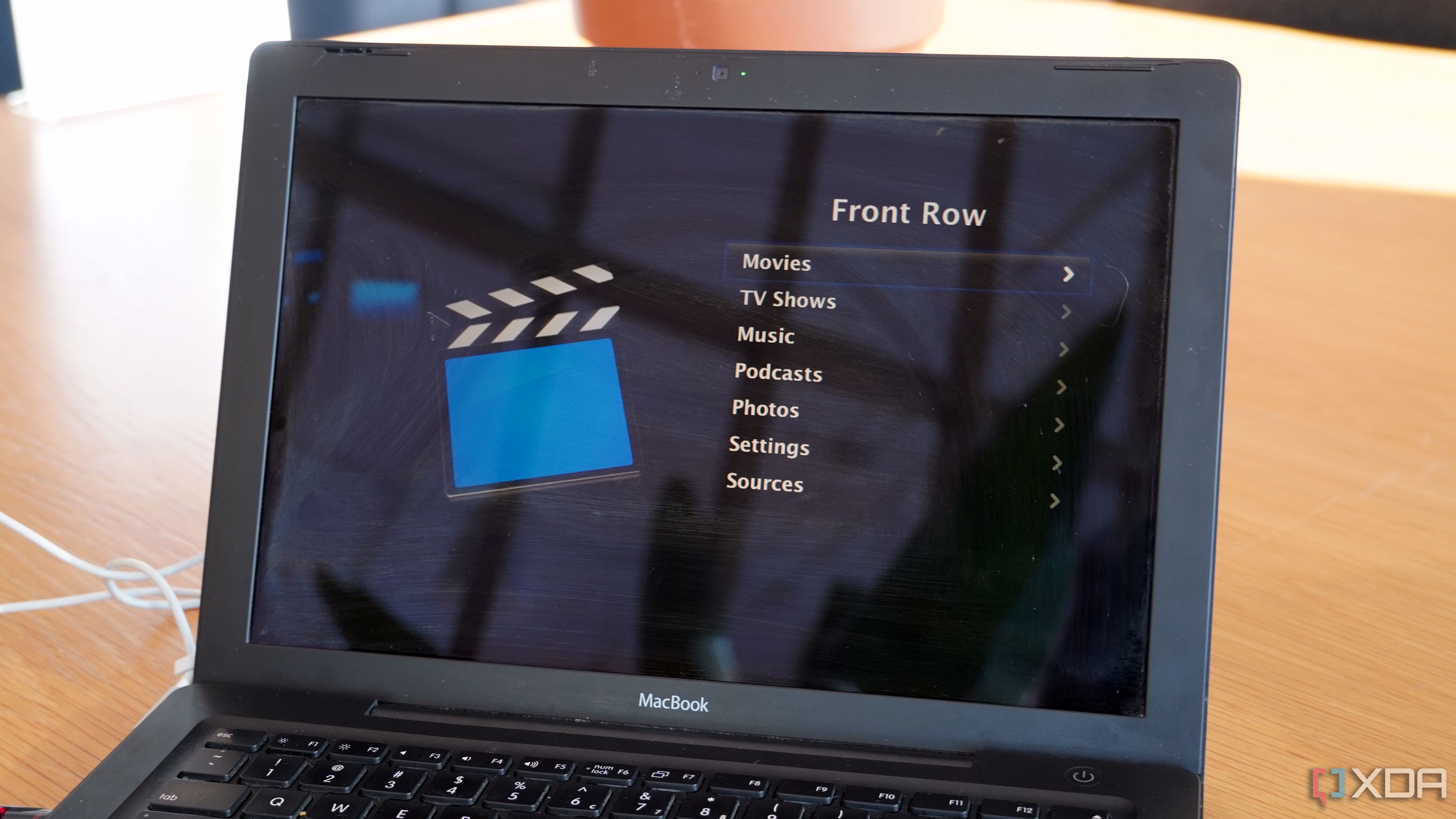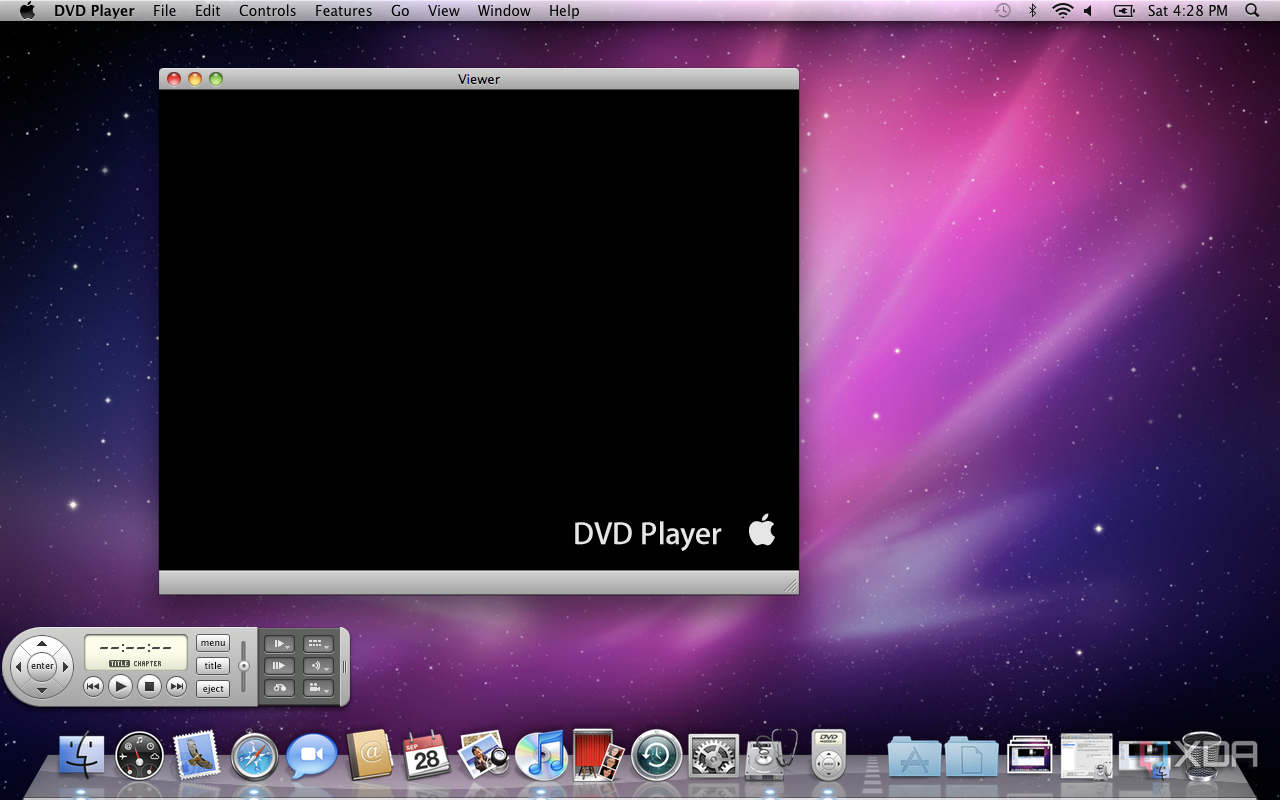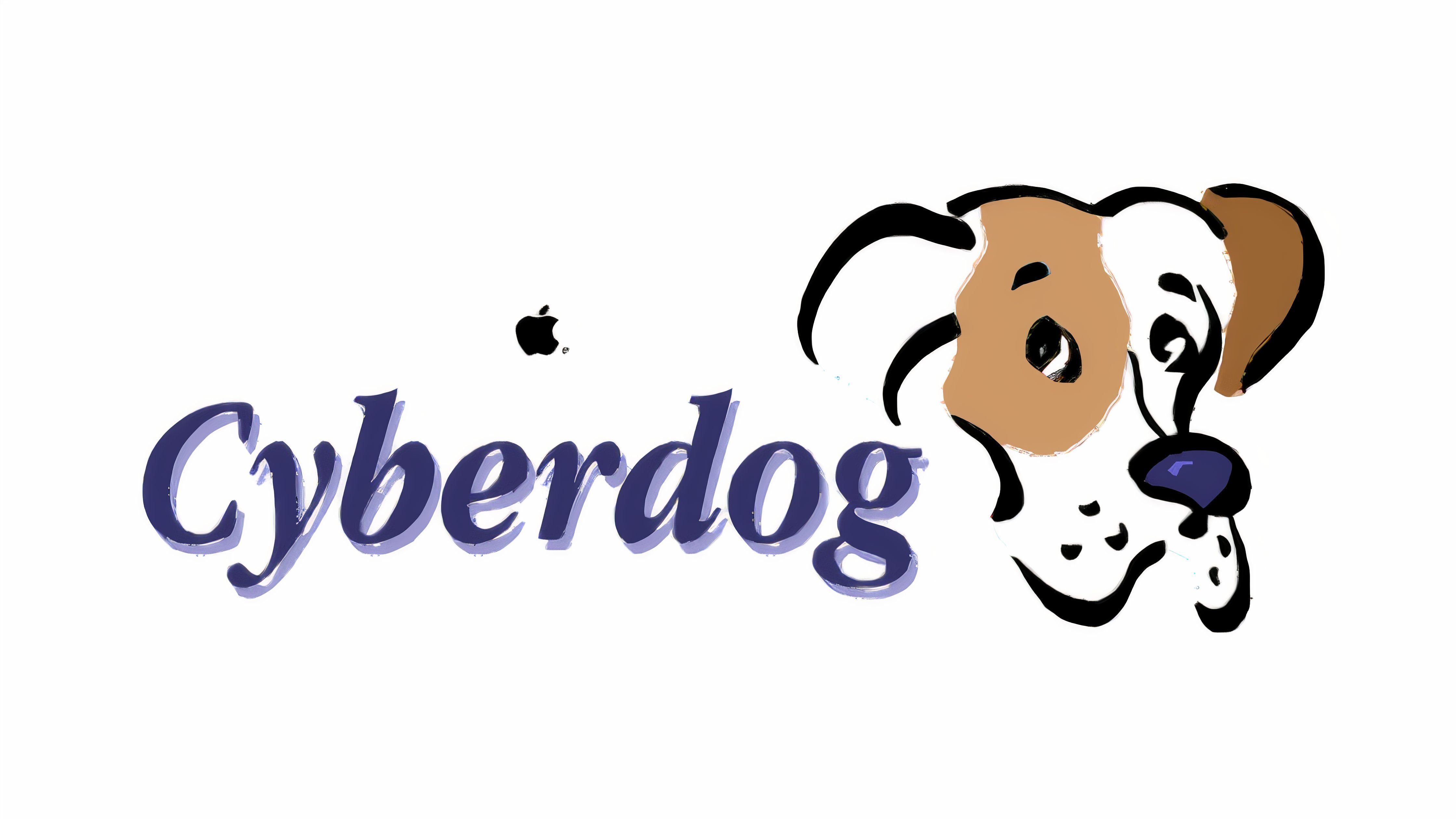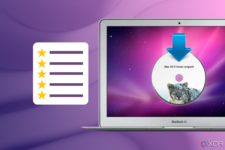
10 macOS apps and features you probably forgot about
New features are added, and old features eventually get discontinued. That’s the cycle of software development, and macOS (previously Mac OS) has been through it more than a few times across its 40-year history. There are plenty of ancient Mac OS features that were discontinued or forgotten about, and we’ve rounded up 10 of them on this list.
Many were removed from the operating system altogether, but some are still present — albeit little-used and hard to find — in the latest version of macOS Sequoia. If you’ve been an avid user of the best Macs over the years, let’s see how many of these apps and features you remember.
10 MobileMe
This service took many names over its 12-year lifespan, before iCloud replaced it
MobileMe went through multiple rebrands before its eventual demise in 2011 — it launched as iTools in 2000, .Mac in 2002, and finally MobileMe in 2008. In the beginning, iTools was a free set of online services for Mac OS 9 users. But when Apple released Mac OS X, the new .Mac version was a paid subscription service. MobileMe brought that service cross-platform, as it then supported Mac OS X, Microsoft Windows, and iOS. It housed many services that still exist today, like Apple Mail, Find My, cloud storage, and system backups.
MobileMe was the predecessor to iCloud, and it was left behind when its services were ported to iCloud and made free. Of course, we now know that the iCloud+ subscription now blends iTools, .Mac, and Mobile Me. You can access the basic iCloud features for free, like iTools, and pay extra for more features, similar to MobileMe. Although iCloud is the spiritual successor to MobileMe, the original service has been removed from Mac OS X and macOS for over a decade.
9 Cover Flow
This fun feature helped you scroll through your Finder and iTunes libraries
Cover Flow in the Finder app in Mac OS X Snow Leopard.
Cover Flow was a fun and useful feature that let Mac OS X and iPod users scroll through their music, media, and files with a “flipping” animation. It’s like a blend of the List and Gallery views in the macOS Finder today, but better. It worked in MacOS Tiger and iTunes 7 up until the release of macOS High Sierra. The reason for the fan-favorite feature’s disappearance? Apple settled a patent dispute with Mirror Worlds over its use of the feature, and it was subsequently removed from all Apple platforms.
8 AppleWorks
Source: Apple
If you use the Pages, Numbers, and Keynote apps in the iWork suite within modern versions of macOS, you might be surprised to learn that these productivity apps can be traced back to the very first version of Mac OS in 1984. Then, they were called AppleWorks. However, the AppleWorks program was more tightly integrated than iWork, and could be improved with third-party tools. iWork doesn’t have all the features that AppleWorks once had, but the latter was discontinued in 2007. You can’t even open the software suite as of Mac OS X Lion, since it was a PowerPC app with no support for Intel architecture.
AppleWorks lasted a respectable 23 years, but it’s now forgotten. Initially, AppleWorks files could be launched with iWork apps, but that hasn’t been possible for more than a decade with modern macOS versions.
7 iLife
A fun set of apps including iPhoto, iDVD, and iMovie
Source: XDA / Apple
iLife was a software expansion package that came with as many as six apps, first launching in 1999. That timed up perfectly with the release of the iMac G3 DV, which stood for digital video and was designed to appeal to moviemakers, content creators, and people simply eager to try out home video. However, the full iLife suite, as it is commonly remembered, debuted in 2003 for a price of $50. Of the six apps it included — iTunes, iMovie, iPhoto, iDVD, GarageBand, and iWeb — the only apps currently found on macOS Sequoia are iMovie and GarageBand. The final iLife release was iLife ’13.
Fun fact: apps in the iLife suite have, at various times, been compiled for PowerPC, Intel, and Arm architectures.
6 QuickTime Player
During the digital video boom in the 1990s and 2000s, there was a need for a cross-platform multimedia architecture. That’s why Apple developed the QuickTime File Format, which eventually would become the most common format for media. You could watch videos in the QuickTime Player that was pre-installed with Mac OS, and was also available on Windows. Eventually, QuickTime Player was effectively replaced by other apps in recent versions of macOS. The Screenshot, iTunes, Finder, and Preview apps are just a few that have assumed the default roles previously held by QuickTime Player.
Although you can still use QuickTime Player in the latest macOS Sequoia, it hasn’t been the default app for video playback for a long time. It’s also no longer cross-platform, since the Windows version was axed in 2016.
5 AirPort Utility
AirPort Utility is a default macOS utility that can still be found in macOS Sequoia, but its usefulness has diminished gradually over the years. It was unique in the sense that it was a full-fledged application for router and network management. At the time, it was abundantly common for web-based tools to be used for router setup. The app was primarily used for Apple’s in-house routers, the AirPort product line. Now that those have been discontinued for years, AirPort Utility is rarely interacted with by macOS users, unless they’ve still got an AirPort router in use.
4 macOS Server
Source: XDA / Apple
Mac OS X Server, and later macOS Server, was an operating system designed to help you use Mac hardware as a server. It was bundled with Xserve, which was a dedicated server sold by Apple. You could also buy Mac Mini and Mac Pro systems with Mac OS X Server pre-installed, or pay for it separately for use on any Mac. Mac OS X Server later became an app rather than a full operating system, and this app was available until 2022. We haven’t seen a server OS or app from Apple compatible with Apple silicon Macs or recent versions of macOS.
3 Front Row
Front Row is a unique piece of Mac history, because it represents Apple’s positioning of the Mac and iPod as killer media devices. It started shipping new iMacs and MacBooks with the Apple Remote, a small and plastic IR remote that could be used to control a computer from afar. That paired with Front Row, a full-screen media center application with a simple navigation menu and big icons and text, quite nicely. It was essentially an optional interface that interacted with the existing iTunes and iPhoto content on your Mac.
Unfortunately, Mac OS X Lion removed Front Row. It was such a popular feature at the time that some passionate users tried to hack it into the new OS by recompiling the Mac OS X Snow Leopard source code files into a functional app for Lion (via 9to5Mac). That janky solution wouldn’t last long, though.
2 DVD Player
DVD Player is a pretty straightforward app — it was used to play DVDs on Mac desktops and laptops with a SuperDrive. You can still use it on macOS Sequoia, but that’ll be tricky. Apple hasn’t sold a Mac with an optical drive in some time, and it recently discontinued the Apple USB SuperDrive. There’s now no official way to play DVDs on your Mac, despite the DVD Player’s existence, unless you can track down an old USB SuperDrive or use third-party optical drives. It’s firmly a relic of another time.
1 Cyberdog and Internet Explorer
Two ancient Mac OS browsers that are equally wild to remember
Source: Apple
Safari users don’t know how easy they have it in recent versions of macOS. Over the years, there have been a handful of weird Mac OS default browsers, like Cyberdog. It was based on OpenDoc and launched in beta in 1996. If you don’t remember Cyberdog, that’s because the browser was killed just a year later, in 1997. When Steve Jobs returned to Apple, he pushed for the OpenDoc apps, including Cyberdog, to be left behind. Here’s what he had to say at WWDC 1997 in response to a question about the killing of OpenDoc:
I know a lot of you spent a lot of time working on stuff that we put a bullet in the head of. I apologize. I feel your pain. But Apple suffered for several years from lousy engineering management. I have to say it.
Eventually, Jobs was right, but putting “a bullet in the head of” Cyberdog was a casualty of his restructuring efforts — and it would get worse before it got better. Around the same time, Internet Explorer for Mac became the default Mac OS browser as part of a groundbreaking deal between Apple and Microsoft.
Internet Explorer for Mac was the official Mac OS browser for about six years, until Mac OS X Panther introduced Safari in 2003. Of course, Safari is still around today. But it took a rocky and inconsistent path that included wacky default browsers, like Cyberdog and Internet Explorer for Mac, to get there.
What will be the next app, utility, or feature to join this list?
Apple adds and removes features with every iteration of macOS, and more are forgotten about. If you had to ask me, the macOS Sequoia feature most likely to join these ranks in a few years is Stage Manager. It was recently introduced with macOS Sonoma, but we didn’t hear a peep about it when macOS Sequoia was revealed. Plus, I haven’t talked to a single person who uses Stage Manager on their Mac. I’d never use it, even though it’s an essential feature on my iPad Pro. Even Apple seems to have forgotten about it only a year later.
To make the call for yourself, check out our roundup of every feature added to macOS Sequoia — there’s a whopping 164 of them. At least one of those features will probably be lost to time, just like the 10 we’ve rounded up here.
